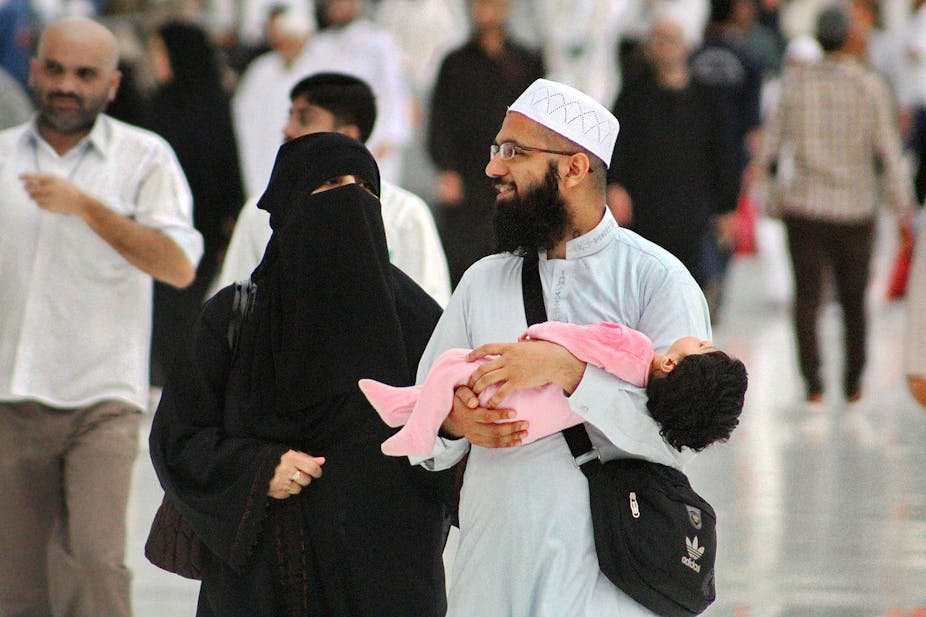The terrorist attack in Manchester has attracted worldwide condemnation and led to immense sadness. But there is also great concern about the narrative formed by the media. This is a narrative that has contributed to the politicisation of the activities of young Muslims, and the emergence of Islamophobic attitudes that tend to frame young Muslims as a threat to British society.
I have lived in the Old Trafford area of South Manchester for around 20 years. It is a wonderfully diverse community with a large Muslim population. I have listened to various news reports in relation to the attack and the references to districts such as Old Trafford, Whalley Range and Chorlton have taken a sinister turn.
For instance, the BBC2 Daily Politics show reported that South Manchester is a “hot bed of terrorist training” on May 24, while the Metro reported it as a “breeding ground for terror” on May 25. Such claims are ignorant at best, and at worst, dangerous. For young Muslims growing up in these areas, it sends a message that they are to be treated as different to the rest of the nation.
This process of coming to regard certain groups as outside the norm enables the dominant group in society to construct boundaries and hierarchies based on the differences of the minority. American sociologist, Saher Selod suggests that this process of “othering” allows non-Muslims to deny Muslims the same rights and privileges of citizenship. In my community, the first response to the incident was to plan a picnic for people of all faiths in the local community garden. The idea behind it – that we should not allow this terrible event to create a culture of fear and suspicion.
Visible Britishness
According to former prime minister David Cameron in a speech at the Munich Security Conference in 2011, Islam has been viewed as promoting “un-British” beliefs among young Muslims. But research I have recently been involved with suggests something quite different.
My colleagues and I explored interpretations and understandings of “Britishness” among visibly observant young Muslims and their perception of the compatibility of Islamic and British lifestyles and values. “Visibly observant” in this instance relates to appearance: face or head covering for women (the niqaab, hijab and jilbaab); the traditional robe (jubba) or overshirt and drawers (shalwar kameez), prayer cap (topi kufi) and full beard for men. Through their traditional dress, their Islamic faith is more visible.
Britishness can be interpreted in many ways, and defining Britishness and British values is difficult. But we found that young Muslims’ acknowledgement of their religious attachment developed from a positive identification with Islam, rather than one that stands in opposition to Britishness.
These young Muslims didn’t just recognise the British aspects of their identity, but embraced them, reflecting a strong affiliation with Britain rather than a rejection of it. Obviously, this is quite the opposite of media reports that suggest that traditional clothing from the Islamic world is an identifier of either fundamentalist views or those less integrated in British society.
As Manchester continues to grieve and come to terms with events, it is inevitable and only right that politicians, police, community and faith leaders discuss responses to extremism.
Prime Minister Theresa May has already declared that she will “drive extremism out” of civil society. It is almost certain that we will see a reinvigoration of the much maligned Prevent programme, but we must be careful. As the visible trappings of their faith become increasingly politicised, disproportionate use of security forces and surveillance techniques on young Muslims may potentially alienate a whole generation.

